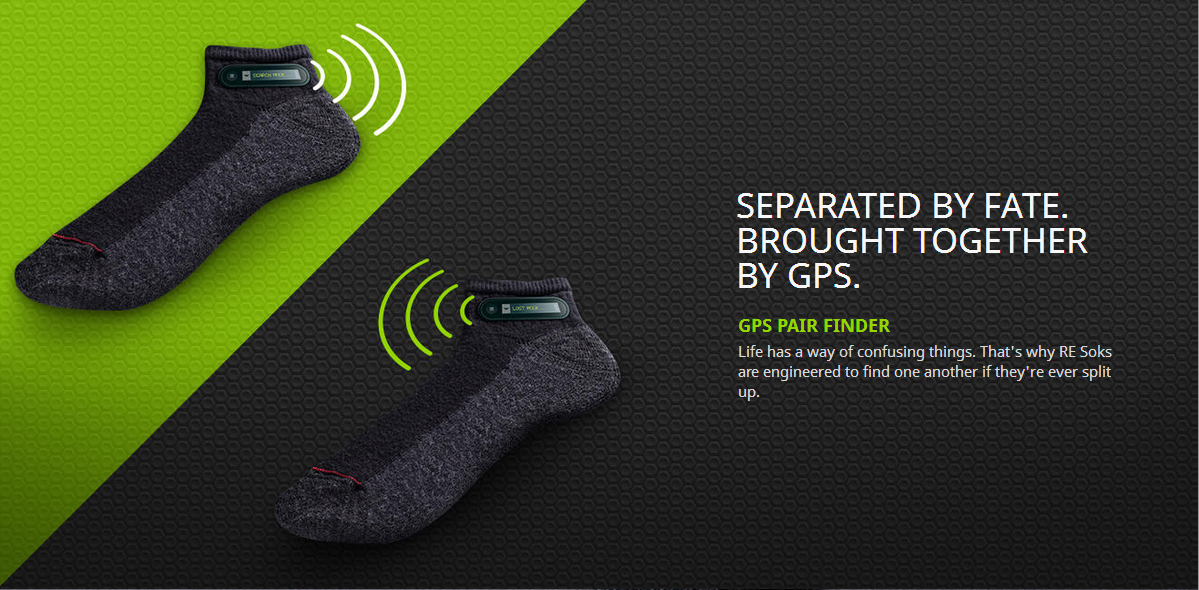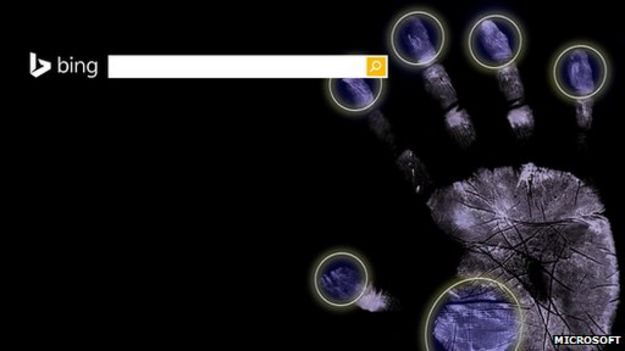State Security Networks Group Finland (Erillisverkot) safeguards the Finnish society by offering authorities and critical operators engaged in critical infrastructure and services secure and reliable ICT services. Much like in the civilian world, communication between authorities includes transferring images and video material to an increasing degree, which results in ever-growing data transfer volumes and, subsequently, new kinds of demands for all communication networks.
Virve is a means of ensuring communication and cooperation between authorities and other partners across organisational borders into the future. It also entails the introduction of a higher service standard, as the transfer to broadband, estimated to take place in 2022, will make it possible to transfer video material, images and data. This will mean that it will be possible to send video material in a reliable and secure way in the case of accidents, for example. The radio network Virve, based on Tetra technology, will reach the end of its lifecycle by the end of the 2020s. The current Virve network will be used simultaneously with the new Virve 2.0 network until, at least, 2025.
Erillisverkot will acquire the broadband Virve 2.0 radio access network as a service from Elisa and the core systems from Ericsson. Separate networks will ensure the continuity of critical communications and operational capability of public safety in all situations in the future.
I would assume this would be MOCN, similar to the UK deployment of ESN networks as shown here.
Virve 2.0 subcribers will use Elisa’s public radio network, which the operator is expanding to become Finland’s largest data and voice network.
About 80 million messages pass through the Virve system every week. Elisa is committed to increasing the coverage, capacity and verification of its mobile network to meet the requirements of Virve 2.0.
The new online services will provide support for critical communication between public authorities and other parties.
The addition of image, video, and other wireless broadband services alongside existing Virve services will enable a better and more up-to-date view of the day-to-day operations of authorities and other actors.
The IoT enables automatic monitoring of rescue personnel and mobile use of surveillance cameras and drones.
The Virve 2.0 radio network service will be in use from 2021 and will include the 4G and 5G technologies and the internet of things. The contract is for ten years.
Finally, a recent advert of Elisa explaining 5G to outside world
Further Study:
Related Posts:
Virve is a means of ensuring communication and cooperation between authorities and other partners across organisational borders into the future. It also entails the introduction of a higher service standard, as the transfer to broadband, estimated to take place in 2022, will make it possible to transfer video material, images and data. This will mean that it will be possible to send video material in a reliable and secure way in the case of accidents, for example. The radio network Virve, based on Tetra technology, will reach the end of its lifecycle by the end of the 2020s. The current Virve network will be used simultaneously with the new Virve 2.0 network until, at least, 2025.
Erillisverkot will acquire the broadband Virve 2.0 radio access network as a service from Elisa and the core systems from Ericsson. Separate networks will ensure the continuity of critical communications and operational capability of public safety in all situations in the future.
I would assume this would be MOCN, similar to the UK deployment of ESN networks as shown here.
Virve 2.0 subcribers will use Elisa’s public radio network, which the operator is expanding to become Finland’s largest data and voice network.
About 80 million messages pass through the Virve system every week. Elisa is committed to increasing the coverage, capacity and verification of its mobile network to meet the requirements of Virve 2.0.
The new online services will provide support for critical communication between public authorities and other parties.
The addition of image, video, and other wireless broadband services alongside existing Virve services will enable a better and more up-to-date view of the day-to-day operations of authorities and other actors.
The IoT enables automatic monitoring of rescue personnel and mobile use of surveillance cameras and drones.
The Virve 2.0 radio network service will be in use from 2021 and will include the 4G and 5G technologies and the internet of things. The contract is for ten years.
Finally, a recent advert of Elisa explaining 5G to outside world
Further Study:
- Erillisverkot: Obstacles for MCX Broadband and how to overcome them [PDF]
- Erillisverkot: Virve Broadband Plans for the Future - Critical Communications Europe 2019 [PDF]
- 5G-XCast Whitepaper: Rapidly Deployable Network System for Critical Communications in Remote Locations [PDF]
- Erillisverkot: White paper - Virve 2.0 RFI Summary of responses [PDF]
- Erillisverkot: Factsheet - What is Virve 2.0? [PDF]
Related Posts:
- Operator Watch Blog: Elisa claims "first in world to launch commercial 5G" - technical details and controversy
- The 3G4G Blog - Finland: A country with only Unlimited Data Plans
- The 3G4G Blog: 3GPP Release-16, Release-17 & Beyond...
- The 3G4G Blog: Update from 3GPP on LTE & 5G Mission Critical Communications
- The 3G4G Blog: Update on UK's Emergency Services Network (ESN) from #BAPCO2019
- The 3G4G Blog: A practical use of MOCN in ESN
- Telecoms Infrastructure Blog: Meshing for BYOC (Bring Your Own Coverage)















